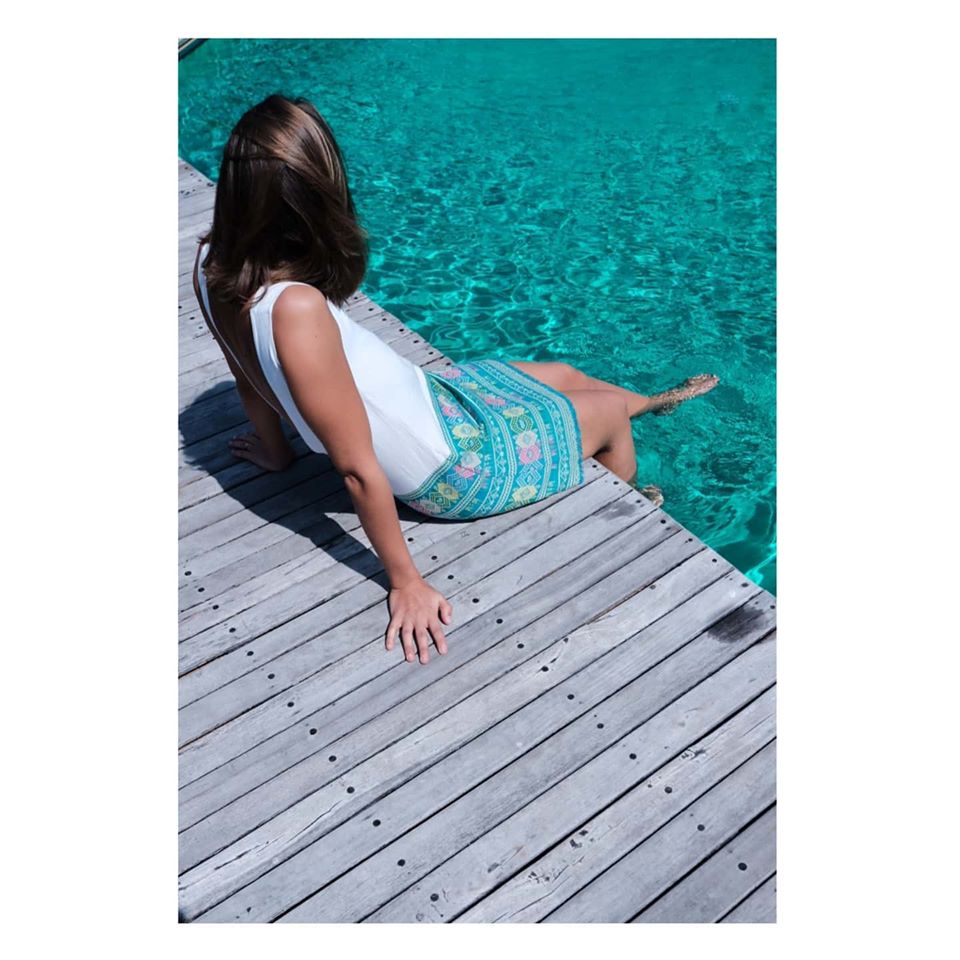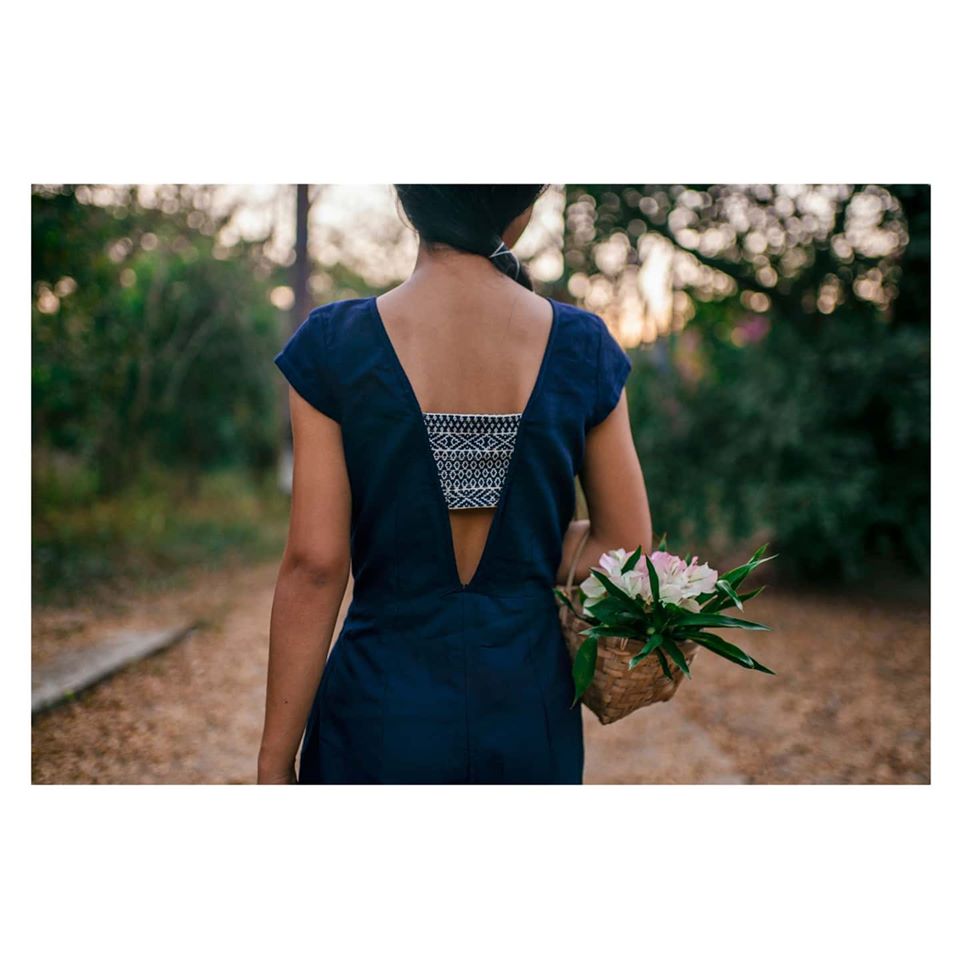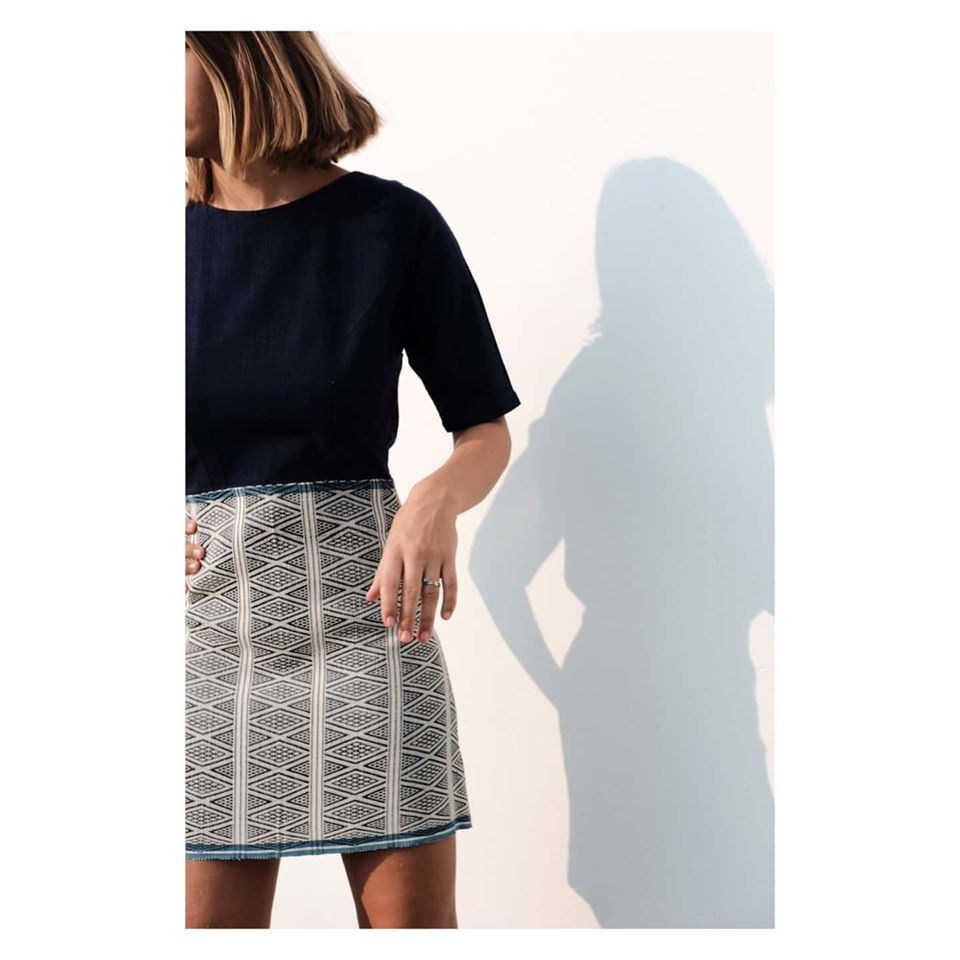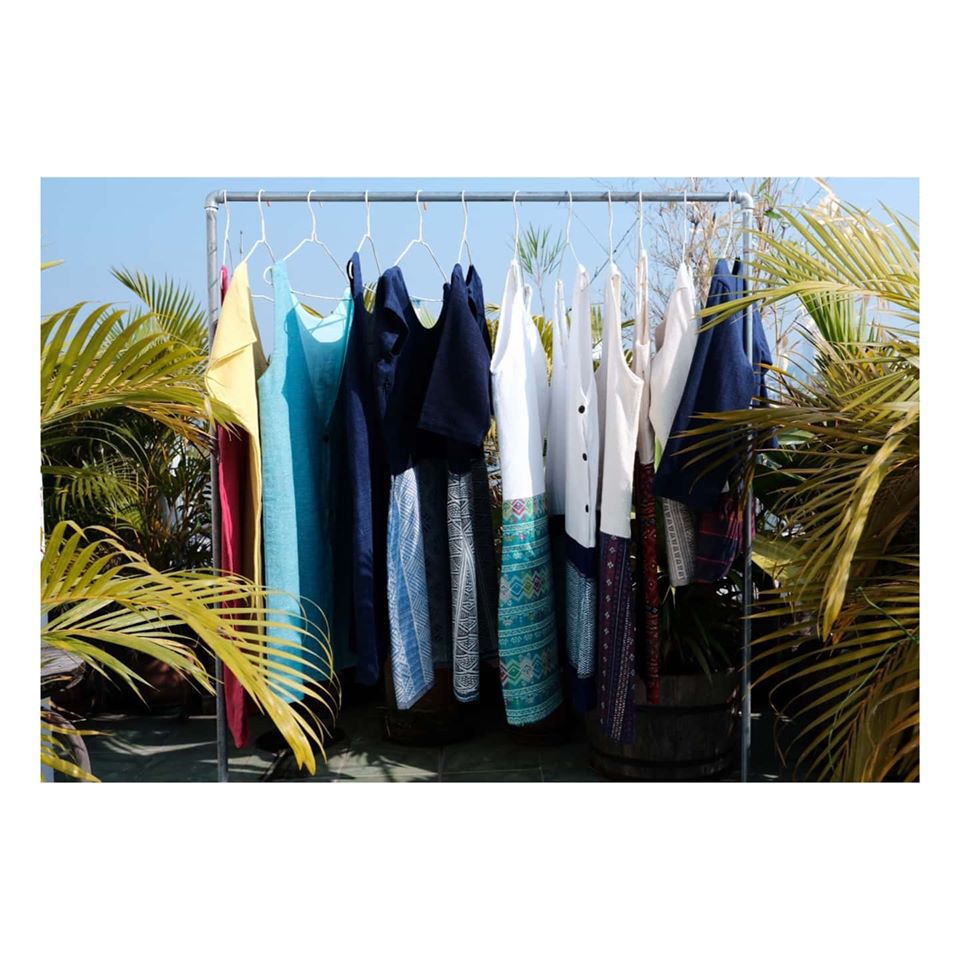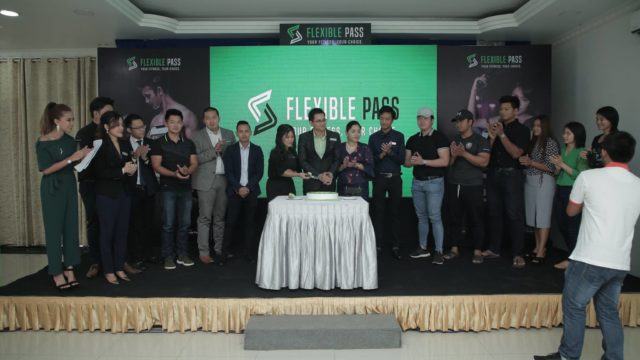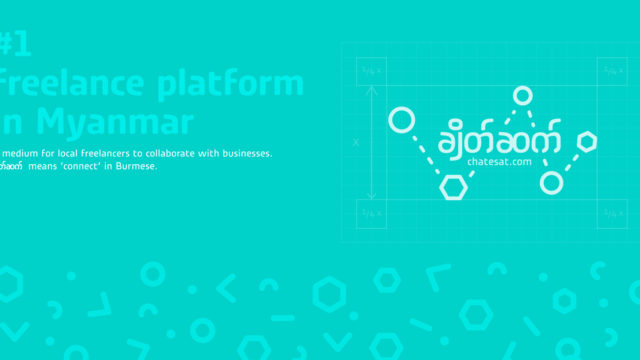We met Julie, who is the founder of the Brand Lilla in Yangon. For 4 years, Julie has been living in the city and since 2 years she has been designing, producing and selling clothes in Myanmar. Here is the story of her adventure.
- How did you come to Myanmar? Why Yangon in particular?
After having lived a little bit in Hong Kong and Hanoi as part of my studies, we were travelling in South East Asia with my companion. After 1 month in Thailand, we continued our journey in Myanmar, and instead of continuing our journey as planned, we stayed in Yangon. Our stay of a few days has been going on for 4 years. What attracted us specifically in this city is its human dimension: the smiles of the passers-by in the street, the ease to get in touch with a stranger and the authenticity of the local life touched us particularly. In addition to this authenticity, Yangon is a city that opens up to the world at a crazy speed, which creates many opportunities.
- How did Lilla came up in this life of travel and adventure?
With my companion we had decided to move to Yangon and we both found a job quite quickly. My first job was for an NGO, it was a difficult time because we didn’t know the city, we had settled far from the center in an apartment too dark. Not very satisfied by my missions in the NGO, I was getting at a point where I wanted to go back France. So I finished my mission and resigned in order to find a job that was more suited to me. I became a teacher which left me more time and energy outside of my work, I felt breathing again. When I came home in the evening, I could take time for my passion: creating clothes for myself. Burmese fabrics are incredibly rich and inspired me a lot. From then on, I got so much inspiration, challenged by all the fabrics around me, that as soon as I saw a fabric at the market that I had a crush on, I would buy it and turn it into a dress. This is how Lilla was born.
- So it was a passion, but how did it become a brand?
In the beginning it was just a passion that I did in my free time, but as I was building up a wardrobe for myself, my friends asked me where I bought these clothes and how to get them. So I started making custom-made clothes for friends, always in my spare time. Then, my friends’ friends wanted them and by word of mouth, I had to go part-time and then full-time on Lilla to meet the demand.
- How do you explain that word of mouth worked so well? What makes your clothes unique in Yangon?
First of all, word of mouth worked very well because my friends found it very hard to dress on Yangon. There are very few multinational textile companies, and there are only a few independent shops. Burmese mainly make their own clothes, or make them make, so the choice is limited for expats and foreigners. Moreover, as I use patterns of Burmeses ethnicities, expats automatically knew that it was made here, added to the quality of the clothes: I immediately found customers for my products.
- What is the production chain of your products and how do you ensure the environmental and responsible quality that your brand advocates?
In the beginning, I produced my own clothes, then I started working with another Burmese seamstress. As I was getting bigger and bigger and that she was still able to keep up with the demand, I knew right away that she had other people working for her. I wanted to know more about these people and how they were paid, because if I pay her well, I can’t make sure that she’s passing it on to their salaries, or that she’s not making children work. I need to control all the production’s social impact of my brand. So because of that and because of a lack of transparency on her part, I had to stop working with her.
I am the only employee in Lilla, even though I partnered with a Burmese woman, so it was impossible for me to trace the entire chain of materials by myself. So in order to ensure the origin of the fabrics, and the quality and ethics of the workers I employ, I go through an NGO. I design the products and choose the fabric/materials and then I have it done by the NGO, which makes sure that the production chain upstream is in line with my values.
- Can you share with us your management experience in Burma, what did you learn from it?
I am taking online courses to become a better manager, and the fact is that what is true in France or in Europe is not necessarily true here in Myanmar. One of the reasons is a shocking lack of education. There was big issue with the education during the years the army was leading the country. So the work relationship is very different from the one two Europeans could have. A manager must therefore pay special attention to the details in the missions he entrusts to avoid any misunderstandings. The rigour is not the same, for instance, once I ordered some fabrics and received them with several centimetres missing. I would call it micro management, as I always have to make sure with everyone that everything is going the way I wondered, if I want to able to sell the specific clothes showed on my website.
- Do you have any advice to give to people who want to enter the entrepreneurial world?
I would have two main advices:
- The first one would be: go for it. Often, people are afraid that it won’t work or to invest money and lose it. But in my opinion, most ideas can be reduced to simple products that can be launched with little or no input. You don’t have to quit your job either, you can do it in your free time: in the evening or on weekends. I started with an Instagram account and clothes that I produced myself. I had nothing to lose, if I didn’t sell my clothes, I used them. Moreover, even if you invest a little money, it is not lost. We learn so much that it is never a loss, it is an investment.
- My second advice would be: do not wait either to have the perfect product neither to be 100% ready. Launch your idea on the market, build your product with your consumer’s experience.
- What is the origin of your brand name, Lilla?
I am of a Swedish origin, and Lilla means “small” in swedish. It also refers to the English “little black dress” which is the timeless dress that you can wear all the time. It fits perfectly with my brand image, which is meant to last. I want people to be able to wear my clothes on a daily basis and not have to put up with fashion. Most of the clothes have “a little something extra”, which makes them original, but when this “little something extra” is out of fashion, you can’t wear them anymore. That’s why I try to make them more neutral and intemporal.
- What are the next steps for Lilla?
I will soon go back to France, but I will continue to lead my brand from France. This implies more responsibilities for my Burmese partner, and I need to be 100% sure that her work will be reliable. As I explained earlier, the relationship to work is different: I am constantly training her to challenge her on her rigour. I also have other projects for the brand linked to my return to France, maybe to produce in France, it’s still under consideration.


